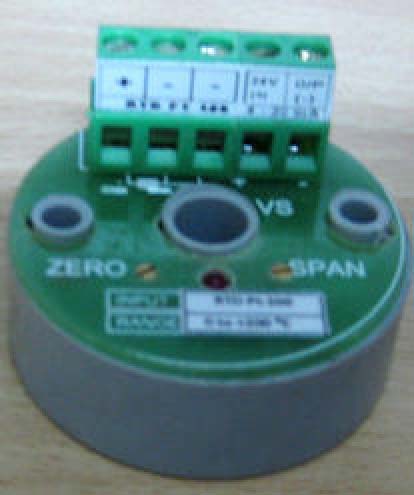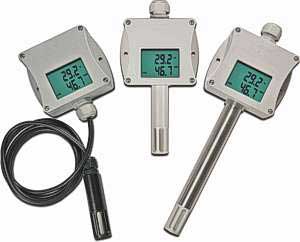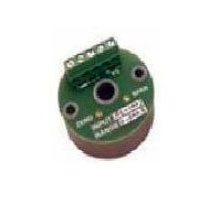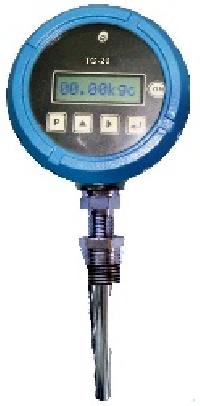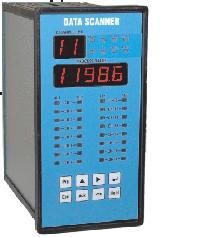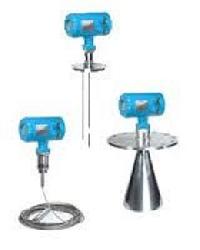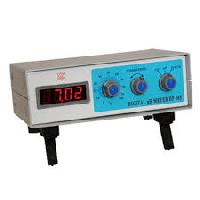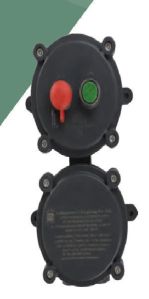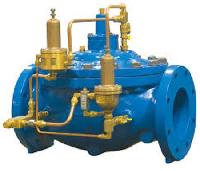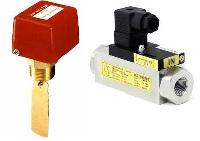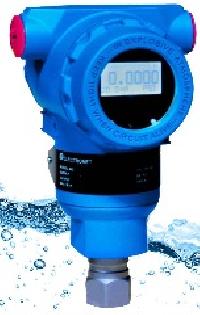10 Piece (MOQ)
| Business Type | Manufacturer, Exporter, Supplier |
| Color | Green |
| Condition | New |
| Automatic Grade | Automatic |
| Click to view more | |
Product Details
Temperature transmitters are workhorses in industrial process control and automation. They convert the signal from temperature sensors (like Resistance Temperature Detectors (RTDs) or thermocouples) into a standard electrical signal, typically a 4-20mA current loop. This allows for accurate and reliable transmission of temperature readings over long distances. Here's a breakdown of their typical specifications:
General Specifications
· Temperature Range: This specifies the range of temperatures the transmitter can accurately measure. It can vary widely depending on the sensor type and application (e.g., -200°C to +1500°C for some industrial applications).
· Sensor Input: The type of temperature sensor the transmitter is compatible with (e.g., RTD Pt100, thermocouple K, etc.).
· Output Signal: The standardized electrical signal the transmitter sends, most commonly a 4-20mA current loop. Other options include 0-5V or 0-10V voltage outputs.
Performance Specifications
· Accuracy: Expressed as a percentage of full scale (%FS) or in temperature units (°C or °F). Typical accuracy for good quality transmitters is ±0.1%FS to ±1%FS.
· Resolution: The smallest temperature change the transmitter can detect and convert into an output signal. Higher resolution translates to more precise measurements.
· Response Time: The time it takes for the transmitter output to respond to a change in temperature (usually in seconds or milliseconds).
Environmental Specifications
· Ingress Protection (IP rating): A rating that specifies the level of protection against dust and water ingress. For example, an IP67 rated transmitter is dust tight and can withstand immersion in water up to 1 meter deep.
· Operating Temperature Range: The range of ambient temperatures the transmitter can function within without compromising performance. This may differ from the temperature measurement range.
· Material of Construction: The materials used in the transmitter housing and wetted parts (those that come into contact with the process environment). Common materials include stainless steel, aluminum, and high-temperature plastics.
Additional Features
· Communication Protocol (Optional): Some transmitters include communication protocols like HART or Modbus for remote configuration, diagnostics, and calibration.
· Display (Optional): Some models may have a built-in display for local temperature reading.
· Calibration: Transmitters need periodic calibration to ensure accuracy. Some models offer features like zero and span adjustments for easier calibration.
Factors to Consider When Selecting a Temperature Transmitter
· Temperature Range: Choose a transmitter with a range that comfortably covers the temperatures you intend to measure.
· Sensor Input: Ensure compatibility between the transmitter and your chosen temperature sensor type.
· Accuracy: Select a transmitter with accuracy that meets your application's requirements.
· Output Signal: Choose a standard output signal compatible with your data acquisition system.
· Environmental Considerations: Consider the ambient temperature range, dust/moisture levels, and required enclosure rating for your application environment.
· Additional Features: Consider optional features like communication protocols or a display based on your needs.
By understanding these specifications and factors, you can select a temperature transmitter that effectively converts temperature sensor signals into a reliable and standardized output for accurate temperature measurement and control in your application.
Looking for "Temperature Transmitters" ?
Explore More Products


